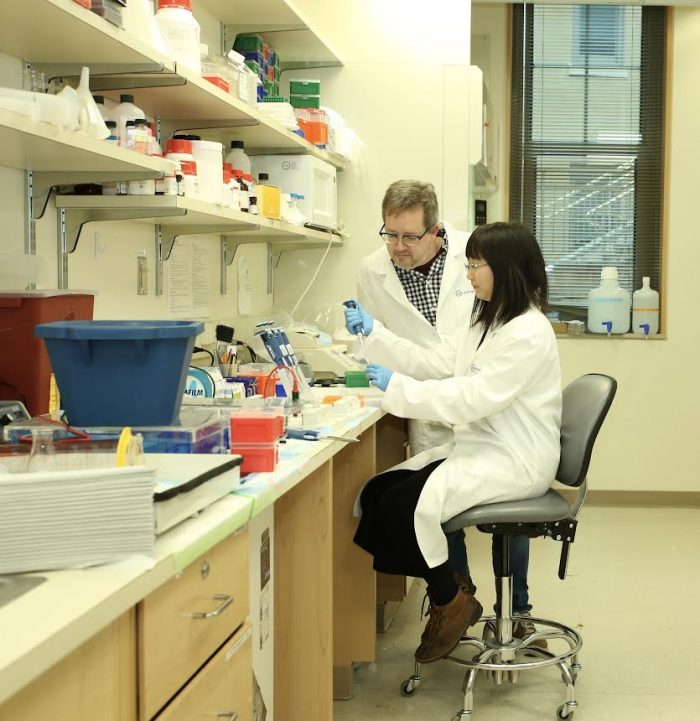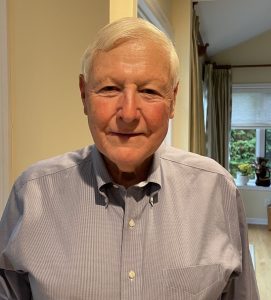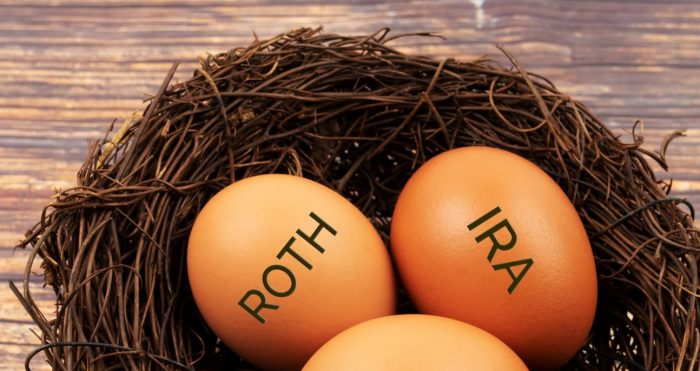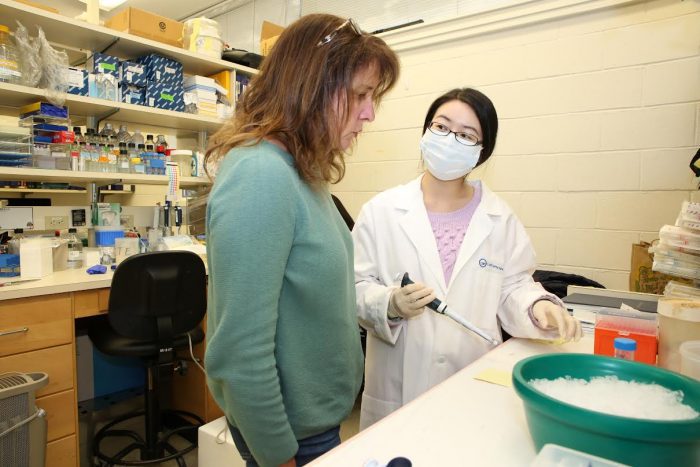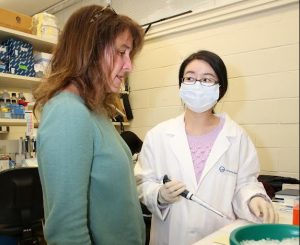By Nancy Marr
At a community meeting recently I heard opposition to an IDA plan to help build a new warehouse Do we need another warehouse? Will it create jobs? And, worst of all, will there be no property tax payments, which our school district needs?
Industrial Development Agencies (IDAs) were originally authorized by New York State in 1969, governed by the provisions of 18-A of the General Municipal Law. The purpose of IDAs are to advance the job opportunities, health, general prosperity and economic welfare of the State of New York. Four to seven IDA members are appointed by the governing board of a sponsoring municipality. IDAs do not have taxing powers; they typically maintain their operations by charging fees to the businesses that participate in their projects.
Presently there is an IDA in each NYS county, as well as a number of cities, towns, and villages. In addition to the Suffolk County IDA, there are IDAs in Babylon, Islip, Brookhaven, and Riverhead. Some of the IDAs have favored manufacturing and industrial projects, but many have supported a range of projects, including office buildings, retail establishments, education facilities, sports arenas, and projects for health and not-for-profit service organizations.
The goal of an IDA is to help companies acquire, construct, improve, maintain or equip certain facilities. It can assist the company by bringing together resources to provide low-cost or low-interest tax exempt or taxable bonds, provide workforce training and recruitment, and help fast-track the permit process. The greater incentive offered by IDA acceptance is the ability to be exempt from local property taxes, state and local sales tax, and the mortgage recording tax. By agreement, the company transfers the title of its land and equipment to the Agency (the IDA); the Agency then agrees to lease the land and equipment to the company which completes the project. When the project is completed by the company, the title is returned to the company and it becomes the legal owner.
In order to minimize the impact of the property tax abatement, the IDA writes a contract with the company for a PILOT (payment in lieu of taxes). The amount of the PILOT is set at a rate lower than the property tax, with few or no payments due for the first five years (leaving the school district short).The amount is graduated by a set percentage over the duration of the contract (up to twenty years); at the end the tax paid by the company will be what would be the full amount if not abated. (According to a state law passed in 1993, each IDA must establish a uniform tax exemption policy with input from affected tax jurisdictions.)
Regulations have sought to improve accountability by requiring that all IDAs file audited annual financial statements giving data about assistance given and jobs created. An IDA Reform bill became law in 2022 to counteract the “friendly” culture of everyday corruption that the legislators found. It included bills to prevent conflicts of interest, unethical profiting by government officials, failure to give public notice of the approval of projects over $100,000, and required a “clawback;” the recapture of previously granted benefits if job creation and retention goals or other terms of the agreement were not met.
Although there is the concern that IDA assistance may have been granted to applicants who could have completed their projects without needing help, the IDAs have helped to create a wide variety of projects, remaining in Suffolk or coming to Suffolk from other places. They have helped developers create or expand a variety of businesses, from technical and chemical innovators to health and housing facilities. Because of the requirement that the projects must create new jobs, and retain existing employees, the IDAs help with workforce training and recruitment. All new jobs must follow fair labor laws and by law must be publicized through the Department of Labor, reaching applicants who are under-employed.
Suffolk’s IDA website suffolkida.org can be helpful in familiarizing taxpayers with successful (and sometimes controversial) projects. Town websites, such as brookhavenida.org, have lists of projects and copies of applications, agreements and resolutions. IDA public hearings are open to learn more about decisions. We can also lobby NYS elected officials to encourage and support new legislation concerning the loss of income for schools.
Nancy Marr is vice-president of the League of Women Voters of Suffolk County a nonprofit, nonpartisan organization that encourages the informed and active participation of citizens in government and influences public policy through education and advocacy. For more information, visit https//my.lwv.org/new-york/suffolk-county.


